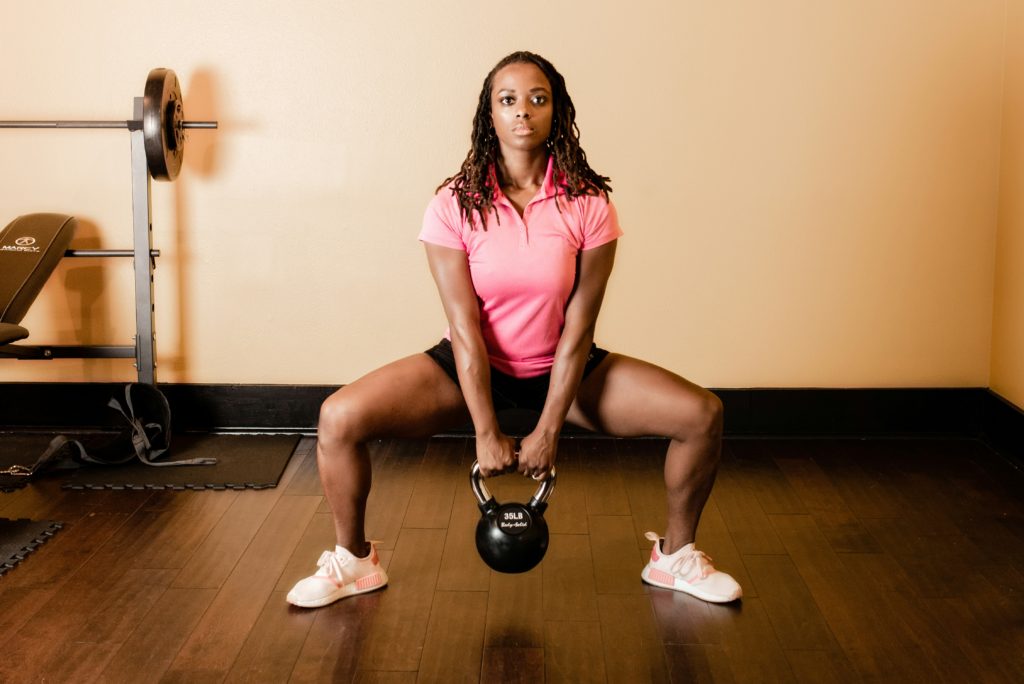
Fitness for All: Tailoring Workouts to Your Body and Lifestyle
Modern society is increasingly aware of the compelling need for a healthy and balanced lifestyle. Exercise is an integral part of this equation offering significant health benefits. However, no “one-size-fits-all” […]
Modern society is increasingly aware of the compelling need for a healthy and balanced lifestyle. Exercise is an integral part of this equation offering significant health benefits. However, no “one-size-fits-all” approach suits every individual. This article provides a comprehensive guide on how to tailor workouts to fit your fitness goals and lifestyle.
Determining Your Fitness Goals:
In the journey towards fitness, it’s important to move beyond antiquated terms like endomorphs, mesomorphs, and ectomorphs, and instead focus on individualized fitness goals. While these categories have been used in the past to describe body types, modern fitness emphasizes a more personalized approach, recognizing that each individual’s body is unique and requires tailored strategies for optimal health and fitness.
To achieve your fitness objectives, start by assessing your current health status, physical capabilities, and personal preferences. Whether your goal is weight management, muscle building, sport specific, mood enhancement, functional mobility, or improving cardiovascular health, choose activities that align with your objectives and are enjoyable for you. For those looking to manage weight, a combination of cardio exercises, weight training and a balanced diet can be effective. If muscle building is your goal, incorporating strength training and a protein-rich diet might be beneficial. And for improving cardiovascular health, activities like running, swimming, or cycling can be excellent choices. Some research suggests that there is a “dose” of exercise to improve anxiety and depression. For anxiety, shorter (e.g., 15-30 minutes) but more frequent (e.g., 4-6 times per week) workouts tend to work better for reducing anxiety while longer (e.g., 30-60 minutes) but less frequent (e.g., 2-3 times per week) workouts tend to work better for improving depressive symptoms. For sport specific and functional mobility you’ll want to consider working with a coach that can create a specific training routine to meet your goals.
Remember, the key to successful fitness is consistency and enjoyment in your chosen activities. It’s about enhancing your health and well-being, rather than fitting into a specific body type category. Embrace your individuality and focus on what works best for you.
Commitment and Time:
Fitness is not just about spending hours in the gym. It’s about weaving physical activity into your daily routine. Busy professionals can engage in high-intensity interval training (HIIT) which delivers optimal results in minimal time. Parents can involve children in activities like swimming, cycling, or family hikes which keeps everyone active. For older or less active people, low-impact exercises like yoga or regular brisk walks can work wonders.
Your Fitness Goals:
The type of workouts you should do also depends significantly on your fitness goals. Weight loss might require a mixture of cardio and strength training, muscle building might focus on resistance and weight exercises, while general fitness calls for a balanced regimen of different activity types.
Let Your Lifestyle Guide You:
Pick activities you enjoy and that fit into your lifestyle. If you love nature, consider outdoor jogging, hiking or paddleboarding. If you’re a social butterfly, consider group activities like Zumba or sports. For those who love solitude, solo activities like yoga or home workouts might be perfect.
Consider Professional Advice:
Seeking advice from fitness professionals can provide additional insights. Personal trainers can construct an exercise regimen that suits your body type, goals, and lifestyle.
Nutrition Factors:
The food you eat also plays an integral role in your fitness journey. Eating nutrient-dense meals fuels your body with the necessary energy it needs to perform and recover. Try personalized nutrition plans that consider your body type, age, gender, and fitness goals.
Applying Technology:
Fitness apps and smartwatches can keep track of your physical activities, offering a clear view of your progress. They can act as a personal trainer, reminding you to move, providing workout suggestions, and offering motivation.
Consistency and Gradual Progress:
The key to fitness is consistency. Start small and gradually increase the intensity and duration of your workouts. Rest is just as important as exercise, so make sure to allow your body time to recover and repair itself.
Finally, listen to your body. Push it, but never overstrain. Physical discomfort is a signal to slow down, rest, adjust and then continue. Exercise is a marathon, not a sprint.
In conclusion, your journey to fitness should be an enjoyable expedition, where you explore various activities and find what works best for you. Remember, exercise is not about perfection, it’s about progress and personal growth. Establishing a tailored fitness routine enhances body health and mental vitality, manifesting not only in improved physical appearance but also in enhanced overall life quality. Stand tall, stay active, and remember – fitness is indeed for all!
Photo by Meagan Stone on Unsplash
Written by AI & Reviewed by Clinical Psychologist: Yoendry Torres, Psy.D.
Disclaimer: Please note that some blog posts may contain affiliate links and Sana Network will earn a commission if you purchase through those links at no additional cost to you. We use all of the products listed and recommend them because they are companies or products that I have found helpful and trustworthy. Our website is supported by our users.
